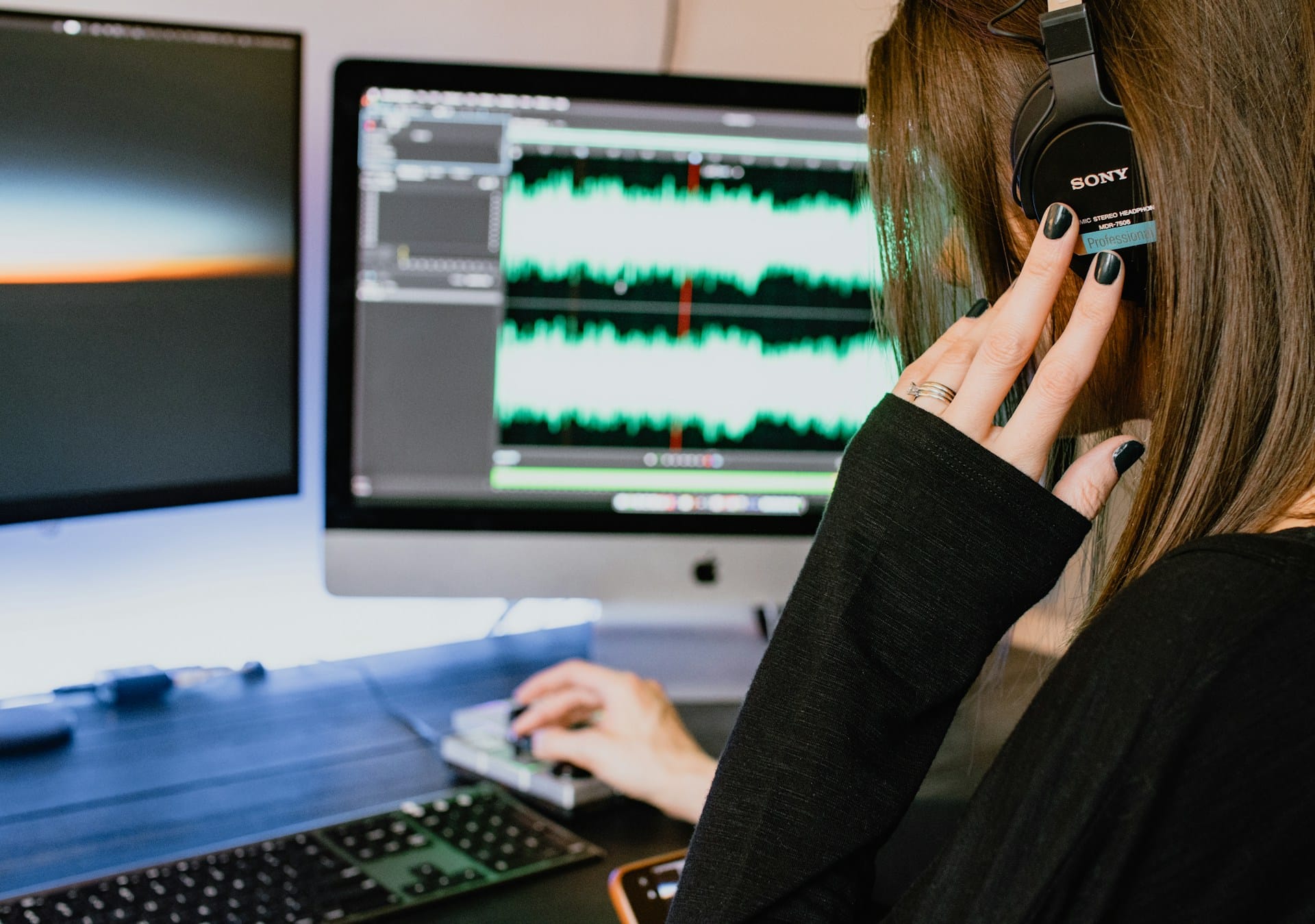What Are the Latest Developments in IoT for Personal Audio Systems?

The realm of technology is continually evolving, and these innovations bring alterations to the everyday devices we rely on. One such area of technological advancement is the Internet of Things (IoT), a concept that connects everyday devices to the internet, providing them with a level of smart functionality. Your audio devices are not left out of this revolution. They are gradually becoming smarter and providing solutions that help control your environment while delivering a superior audio experience. This article explores the latest developments in IoT for personal audio systems.
The Intersection of IoT and Audio Technology
The beauty of IoT lies in its ability to connect devices and systems in ways previously unimaginable. With smart audio devices, this level of connectivity is bringing about a revolution in personal audio systems.
A découvrir également : How Are IoT Devices Being Used in Personal Sleep Tracking and Analysis?
By integrating IoT and audio technology, you get smart audio systems capable of learning your habits, likes, dislikes, and providing a customized audio experience that you control with your voice. It’s not just about turning up the volume or skipping a song anymore. Now, your audio system can learn your musical preferences, select playlists based on your mood, and even adjust the volume levels based on ambient noise in your environment.
Smart Audio Devices: Redefining the User Experience
IoT is all about making everyday things smarter, more connected, and intuitively suited to the user’s needs. In the realm of personal audio systems, this means devices that not only deliver superior audio quality but also provide innovative features that redefine the user’s experience.
Cela peut vous intéresser : Ultimate collector's guide to the best noodle stopper rem figures
One of the key developments in this area is the integration of voice control functionality. This feature allows users to control their audio devices using voice commands, eliminating the need for manual input. For instance, instead of reaching for your phone or remote control to adjust the volume or change the track, you can simply tell your device what to do.
Another development is the ability of these devices to collect and analyze data. Smart audio devices can monitor your listening habits and use this data to make recommendations or adjust settings to deliver a more personalized experience.
Bluetooth 5.0 and the Evolution of Connected Audio
Bluetooth technology has played a crucial role in the development of personal audio systems. The advent of Bluetooth 5.0 has further enhanced the capabilities of these devices, offering faster data transfer rates, improved range, and better audio quality.
Bluetooth 5.0 allows for the simultaneous connection of multiple devices. This means you can have your headphones, speakers, and other audio devices connected to a single source at the same time. Imagine being able to control all your connected audio devices from one place and have them work in sync. This level of control was previously unattainable, but with the latest developments in IoT, it is now a reality.
From Design to Development: Creating Smarter Audio Products
The development of smarter audio products requires a blend of audio technology expertise and IoT development skills. Manufacturers are investing heavily in research and development to create products that offer superior audio quality and smart features.
One of the major challenges in this area is ensuring seamless integration between the audio device and other connected devices. Achieving this requires the development of robust software solutions that can facilitate the communication between devices.
Additionally, manufacturers are also working on improving the security of these devices. With the increase in connectivity, there is a corresponding rise in the potential for cyber threats. As such, manufacturers are incorporating advanced security features to protect your data and keep your devices safe.
Anticipating the Future of Personal Audio Systems
As technology continues to evolve, we can expect to see more developments in IoT for personal audio systems. These advancements will not only enhance the audio quality but also provide a more personalized and intuitive user experience.
One of the anticipated developments is the incorporation of artificial intelligence (AI) into these systems. AI can analyze your listening habits over time and make predictions or recommendations based on this data. This means your audio system could potentially know what you want to listen to before you even decide.
Another expected development is the integration of these systems with other smart devices in your home or office. This means your audio system could potentially interact with your lighting system, security system, or other connected devices, creating an interconnected ecosystem of smart devices.
In conclusion, the intersection of IoT and audio technology is revolutionizing the way we experience music and other audio content. The latest developments are providing features and capabilities that were previously unattainable, creating a new era in personal audio systems. With the ongoing advancements in technology, the future of personal audio systems is set to be even more exciting.
Harnessing IoT Technology for Broadcast Audio
In the realm of broadcast audio, IoT technology has opened up new frontiers. Audio devices with IoT capabilities are enabling broadcasters to deliver superior audio quality with greater efficiency and convenience.
Imagine being able to remotely control the audio settings for a live broadcast in real-time from any location. This is now possible thanks to IoT devices. With an IoT-enabled audio system, broadcasters can remotely monitor and control audio levels, microphone settings, and other critical parameters in real time. This not only enhances the quality of the broadcast audio but also simplifies the process, making it more efficient.
In addition, IoT technology is also enabling the integration of audio devices with other systems. For instance, audio devices can be integrated with lighting systems, allowing for automated adjustments of lighting levels based on the audio content. This can greatly enhance the viewer or listener experience.
Furthermore, advancements in voice recognition technology, a key component of many IoT devices, are making it easier for users to interact with their audio devices. Now, you can simply issue a command to your audio device, and it will respond accordingly. This not only makes the user experience more convenient but also more interactive.
Machine Learning and AI: The Future of IoT in Personal Audio Systems
Looking to the future, machine learning and artificial intelligence (AI) will play a key role in the evolution of IoT for personal audio systems.
AI algorithms can analyze your listening habits and preferences over time, learning from this data to deliver a more personalized audio experience. They could potentially predict what you want to listen to before you even decide, saving you time and effort in searching for the right track.
In addition, machine learning can be used to enhance voice recognition capabilities. By learning from your voice patterns and commands, your audio device can become better at understanding and responding to your requests, making the voice control function more accurate and reliable.
Moreover, the incorporation of AI and machine learning in audio systems can also enhance security. These technologies can be used to detect and block potential cyber threats, protecting your devices and data from unauthorized access.
It’s not just about smart homes anymore. The integration of AI and IoT in audio systems could potentially lead to the creation of smart offices, smart cars, and even smart cities, where all devices are connected and work in unison, delivering seamless and intuitive experiences.
Conclusion
The world of personal audio systems is undergoing a major transformation, thanks to the advancements in IoT technology. The integration of IoT in audio devices is enabling a host of new features and capabilities that were previously unimaginable. From voice control and data analysis to Bluetooth technology and real-time control, the latest developments in IoT are redefining the user experience.
Moreover, the future promises even more exciting possibilities. With the incorporation of machine learning and AI, personal audio systems will become smarter and more intuitive, adapting to your preferences and needs in a way that truly personalizes the audio experience.
The journey towards this future is already underway, with each new development acting as a success story that inspires further innovation. Whether it’s through new app development, AWS IoT solutions, or other cutting-edge technologies, the march towards smarter, more connected audio systems continues.
In this ever-evolving landscape, staying updated on the latest trends and developments is essential. As we continue to explore the potential of IoT in personal audio systems, one thing is clear: the future of audio is smart, connected, and excitingly unpredictable.
